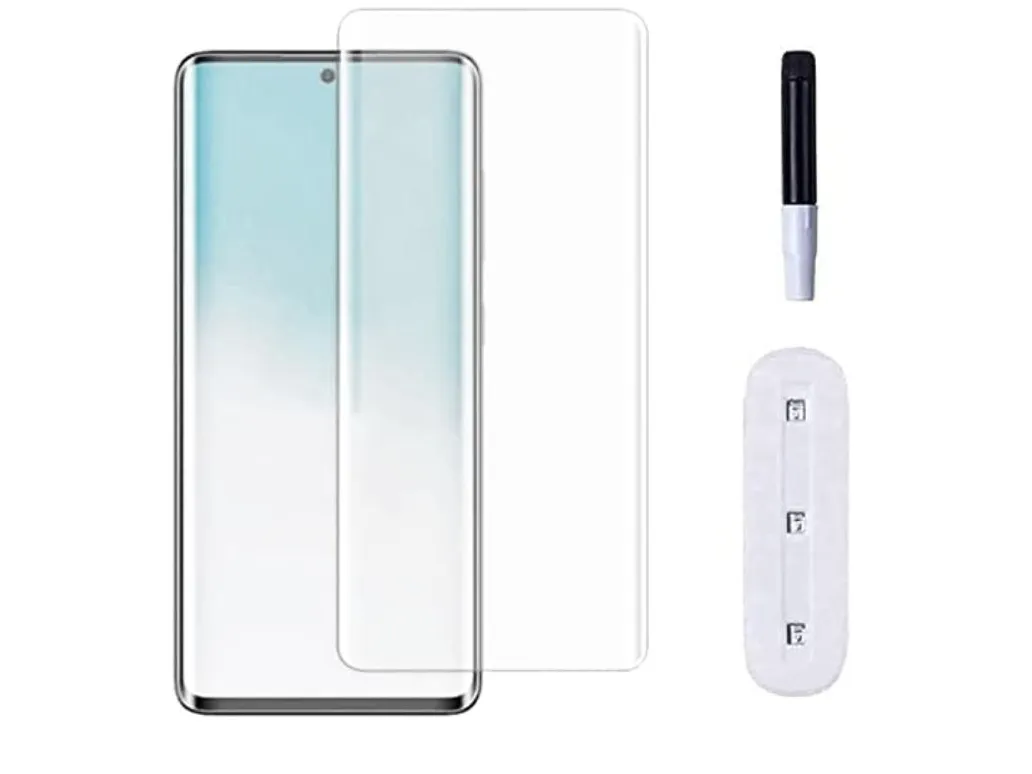Xiaomi advises users to avoid certain screen protectors to prevent warranty loss
The curved design limits the use of traditional adhesive-based tempered glass, making it difficult or impossible to find compatible covers for many phone models. Opting for a traditional screen protector may protect against scratches, but it won’t protect against accidental drops or impacts.
This leaves liquid-based UV screen protectors as the only option for devices with curved screens. However, these can be quite risky in terms of apps and can damage your device.
Now Xiaomi’s sub-brand Redmi has acknowledged this and has advised its customers who opt for these protectors to stop using them or face possible consequences.

“For a seamless user experience on curved screen smartphones, we recommend considering alternatives to liquid UV protectors as they can affect the functionality of the device and potentially affect the warranty,” Redmi India said on X. This clearly indicates that the use of these UV protectors can spoil. the warranty status of your device.
Note on Liquid UV Screen Protectors.To find out more – https://t.co/bjl9eJRKTu pic.twitter.com/GBsQsngd6H— Redmi India (@RedmiIndia) February 22, 2024
How do these Screen Protectors damage the phone?
These Screen Protectors are unlike a typical screen protector or tempered glass because they involve a UV adhesive curing process. But by themselves, Screen Protectors won’t harm your device; it is the glue that can cause problems during installation.
Most people tend to go to local hardware stores to install them and therein lies the problem.
To install such protectors, the supplied adhesive is first emptied over the device’s screen and then the curved glass protector is placed over it. When the glue spreads evenly, the UV light hardens the glue so that it can harden in place and attach the glass to the screen.
Now you would ask, what is the problem here? When applying glue, most people don’t cover sensitive areas such as the earpiece speakers, bottom speakers, and side buttons, and often excess glue can drip onto them. When you shine the UV light, it can harden in place, which can damage your device.
Xiaomi says this damage can lead to “various problems, including unexpected reboots, button malfunctions, speaker noise, and battery cover skin peeling.” Also, once the warranty is gone, users can attract unnecessary losses when they use this type of protection.
These Screen Protectors are not new at all
Remember when Samsung first introduced phones with curved screens? It was impossible to find tempered glasses for them, even if you did, you would have gotten one with only glue on the edges, leaving a gap between the screen and the protective film. Soon after, several companies like White Dome developed glass protectors that actually came into contact with your device – UV adhesive screen protectors.
And now that curved displays have made their way into mid-range devices, it only makes sense that more manufacturers are making these UV glasses, resulting in end customers buying these and potentially getting into trouble.
It is likely that such customers must have arrived at Xiaomi’s service centers, which prompted this alert.
However, we have used these protectors and if you are careful with the application, they work well and are durable. But it is important to install them correctly and cover the areas where the glue can get. However, now that Xiaomi may not honor the warranty if you use these protective films, it makes sense to opt for a traditional screen protector instead. While it may not protect your device from drops, it will at least help you preserve your warranty and keep it safe from scratches.




